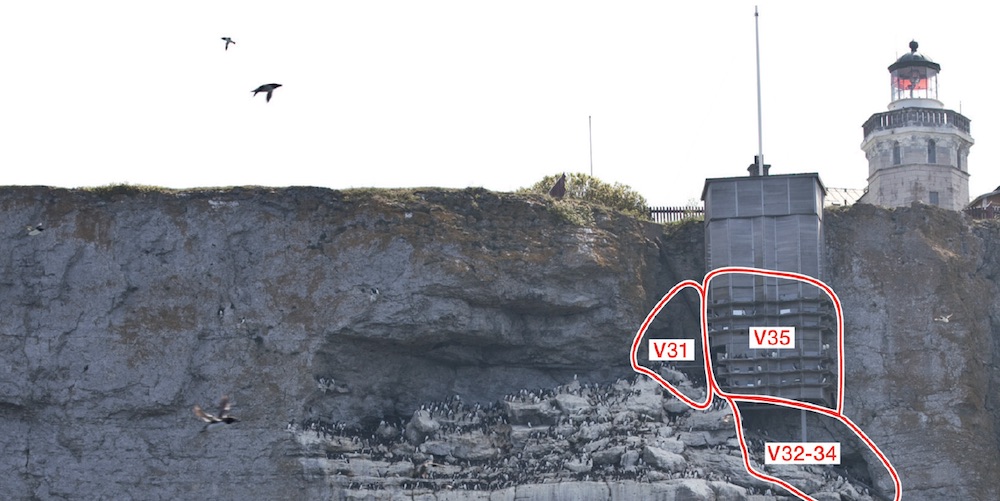Populationstrender och status hos fyra havsfågelarter (sillgrissla, tordmule, silltrut, gråtrut) på Stora Karlsö i Östersjön
DOI:
https://doi.org/10.34080/os.v27.19558Abstract
The island of Stora Karlsö hosts the largest colonies of fish-eating seabirds in the Baltic Sea. However, recent and reliable estimates of the number of breeding pairs of the main species have been missing. Based on a complete census in 2014, we estimated the number of Common Guillemots Uria aalge to 15,700 pairs, more than half (up to 70%) of the Baltic Sea population. The number has almost tripled since the early 1970s and the increase has been particularly strong the last 11 years, with an annual increase of 5.1%. We counted 24,600 individual adult Razorbills Alca torda and estimated it to correspond to a maximum of 12,300 pairs in 2015–2016 (census over two seasons). The colony has grown strongly; on average by 5.6% annually since the early 1970s, and Stora Karlsö now hosts up to 30% of the Baltic Sea population. Stora Karlsö also hosts colonies with about 300 pairs each of Lesser Black-backed Gull Larus fuscus and Herring Gull Larus argentatus. The gulls’ trends are negative, with an average annual decline the last 10-year period by 5.0% and 6.2%, respectively.
Nedladdningar

Downloads
Publicerad
Referera så här
Nummer
Sektion
Licens
Författaren/författarna innehar copyright för varje enskilt bidrag, men samtliga bidrag är publicerade under en Creative Commons-licens, så att vem som helst kan dela och återanvända bidraget förutsatt att copyright-innehavaren erkänns.







